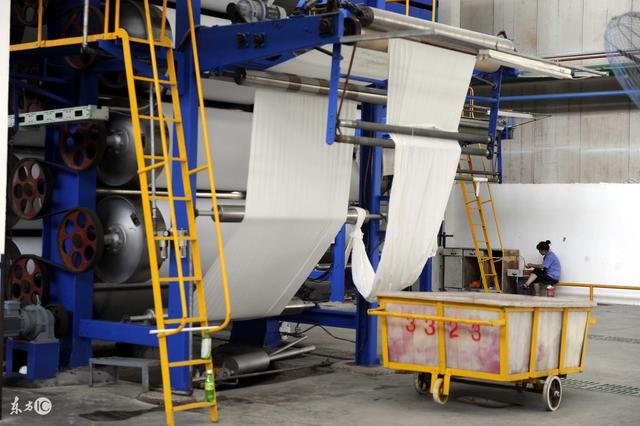
I. Occupational hazards and prevention in the textile process
Dust
Dust may be generated during the entire production process of cotton textiles. Dust may be generated during the process of opening cotton, cotton blending, and cotton cleaning. Long-term inhalation of dust such as cotton and hemp may cause airway obstructive diseases, and the patient may feel chest tightness and chest tightness. , shortness of breath, and acute lung dysfunction. During the prevention, measures such as airtightness, ventilation, and dust removal are adopted for the dust of the blender and picker, and the treatment effect is very good. The combing of cotton and the dust collection device on the strip can greatly reduce the dust intensity; in addition, the workplace should pay attention to Use a wet sweep.
Personal protective equipment recommended: dust masks.
2. High temperature and humidity
Textile workshop production requires a certain temperature and humidity. The temperature requirement is above 18.3°C. Summer solar radiation plus the heat generated by the operation of the machine and the heat dissipation of the human body can increase the temperature of the workshop to more than 40°C. At this time, the most effective way to reduce the temperature is to use air conditioning, and the roof water spray can be used as an auxiliary cooling measure. The relative humidity of the textile workshop should be maintained between 45% and 80%. The wind speed in the workshop should not be too high, generally less than 0.5 m/s. In the sizing workshop, high temperature and high humidity are the main occupational disease hazards, and the physical labor is stronger (moving the slurry, putting the slurry into the cooking tank, handling, installing and removing the heavy weaving shaft).
Personal protective equipment recommended: work clothes, gloves and so on.
3. Noise and vibration
The workshop that produces the most noise is the weaving workshop, which can reach 97-105 dB, followed by the spinning workshop, reaching 90-97 dB. Sound-absorbing materials and the like can be used for prevention.
Personal protective equipment recommended: earplugs.
4. Lighting issues
Textile mills need a lot of jobs with tight eyesight. Therefore, insufficient or unreasonable lighting will become an occupational health issue. Workers in textile mills have strained their eyesight. The requirements for the illumination of the working surface are generally: 60 Lux for spinning (recommended in 1975, no less than 75 Lux for general lighting alone).
5. Other factors
In the textile industry, physical labor intensity, poor posture, and individual organ tension are common problems. The fundamental solution is to improve the adaptability of the textile operation equipment and the labor process and people through technological transformation.

Second, the occupational hazards in the printing and dyeing process and prevention
The main occupational hazards in the printing and dyeing industry are high temperature, high humidity and toxic dye vapors. The relative humidity of scouring, bleaching, drying, printing and other processes can reach over 80%, and the room temperature in summer can reach 40°C. Both chlorine bleach and final pickling produce chlorine. The use of strong acid and alkali in the dyeing can cause acid-base burns and acid mists. When the aniline dye is formulated and used, it can be exposed to aniline liquid or steam, which may cause poisoning, dermatitis and so on. In addition, aniline dyes and fluorescent whitening agents may have carcinogenic effects.
The preventive measures are mainly the confinement and automation of dye preparation; the installation of insulated exhaust hoods takes a large amount of hot gas and harmful substances after being processed and discharged outside the workshop.
Personal protective equipment recommended: gas mask, acid and alkali chemical protective clothing, acid and alkali resistant gloves, chemical resistant boots and so on.
CPG Generator 2 Series:power Range1200KWe-3900KWe/50&60HZ
Generator,1200KWe-3900KWe
CCSN POWER GENERATION INC.(Engine is a subsidiary of CCSN) , https://www.ccsnengine.com
